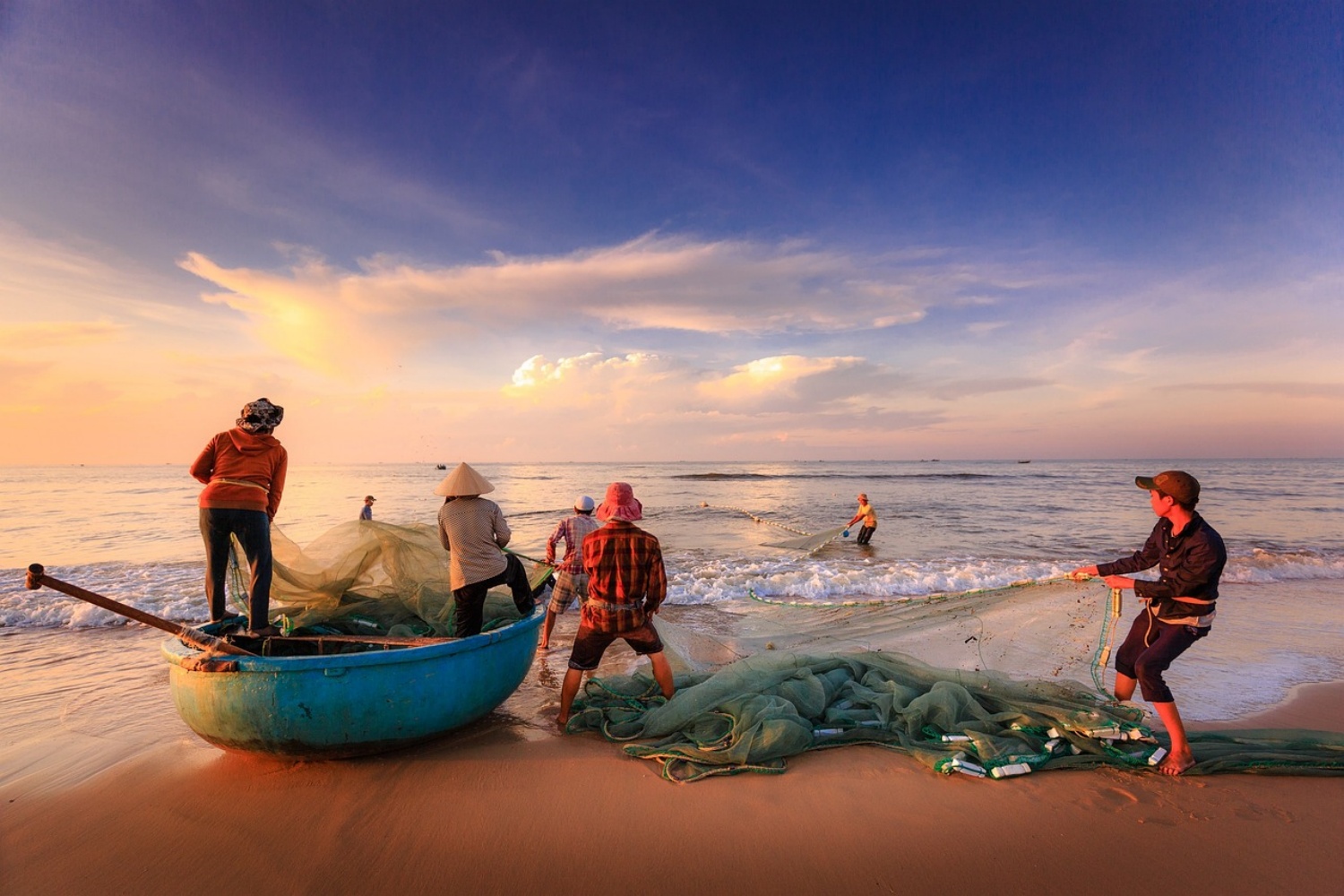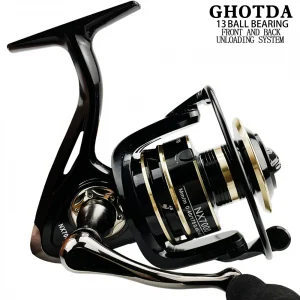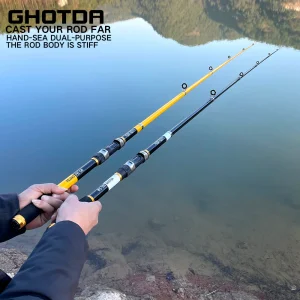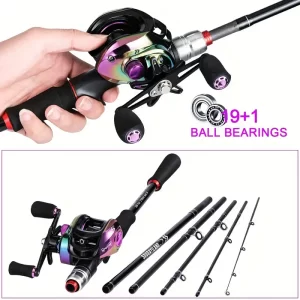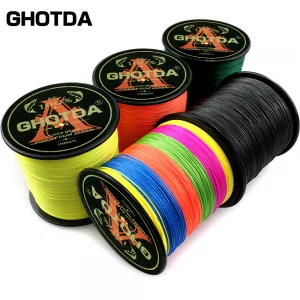Fishing is a sport that requires adaptability, especially when it comes to seasonal changes. Each season brings unique challenges and opportunities, demanding that anglers adjust their strategies to match the current conditions. We explore the various seasonal patterns of fish behavior and how to adapt your fishing techniques to maximize your success throughout the year.
Springtime Fishing
Spring is the season of renewal, and fishermen can expect similar signs of life in the water. Fish become more active as water temperatures begin to rise, and their feeding patterns change accordingly. In the early spring, targeted species may be found in shallow water near shorelines, making bobbers and worms a popular choice of bait. As the season progresses, fish will move deeper, making heavier tackle and larger baits more effective.
Summer Fishing
Summer is typically associated with hot temperatures and high water levels, often leading to a shift in fish behavior. Fish may retreat to deeper, cooler waters to escape the heat, making deeper casting with heavier lures more effective. However, during the height of summer, fish can still be found nearer to the surface, feeding actively during early mornings and evenings. Live bait such as worms or minnows can be particularly effective during this time.
Autumn Fishing
Autumn brings cooler temperatures and changing leaf colors, also impacting fish behavior. As water temperatures drop, fish tend to become more active in their search for food, making them more responsive to lures and bait. Autumn is often considered the best time for angling, as fish are more easily fooled into striking. Try using floating or slow-sinking baits that imitate their natural prey to increase your chances of success.
Winter Fishing
Winter fishing presents its own set of challenges, with many species retreating to deeper waters to conserve energy. However, some fish species remain active even in colder temperatures, making them more likely to bite. Minnows or small fish are often effective baits during this time, as they provide a source of energy for fish seeking to build up fat reserves before winter.
Adaptation is Key
The key to successful seasonal fishing is adaptability. Understanding seasonal patterns of fish behavior and correlating them with changing environmental conditions is crucial for anglers. Adjusting your approach, from bait selection to tackle choice and fishing techniques, can mean the difference between a successful day on the water and a blank catch.
By paying attention to seasonal changes and monitoring weather patterns, fishermen can capitalize on peak fishing periods and avoid low-activity times. For instance, early morning and evening hours are often prime times for fishing during summer, while colder winter months may require using heavier tackle and slower retrieves to entice fish.
Moreover, anglers should also consider water clarity and depth when selecting fishing spots. Clearer water typically offers better visibility for spotting fish, while deeper waters can provide refuge for fish seeking warmth or shelter from predators.
Seasonal fishing requires adaptability and patience. Understanding seasonal patterns of fish behavior and correlating them with environmental conditions can help anglers identify peak fishing periods and maximize their success throughout the year. By adjusting strategies accordingly and capitalizing on seasonal opportunities, fishermen can enjoy a rewarding and successful time on the water no matter the season.
More: The Science of Bait: Understanding Lure Selection for Different Fish Species
